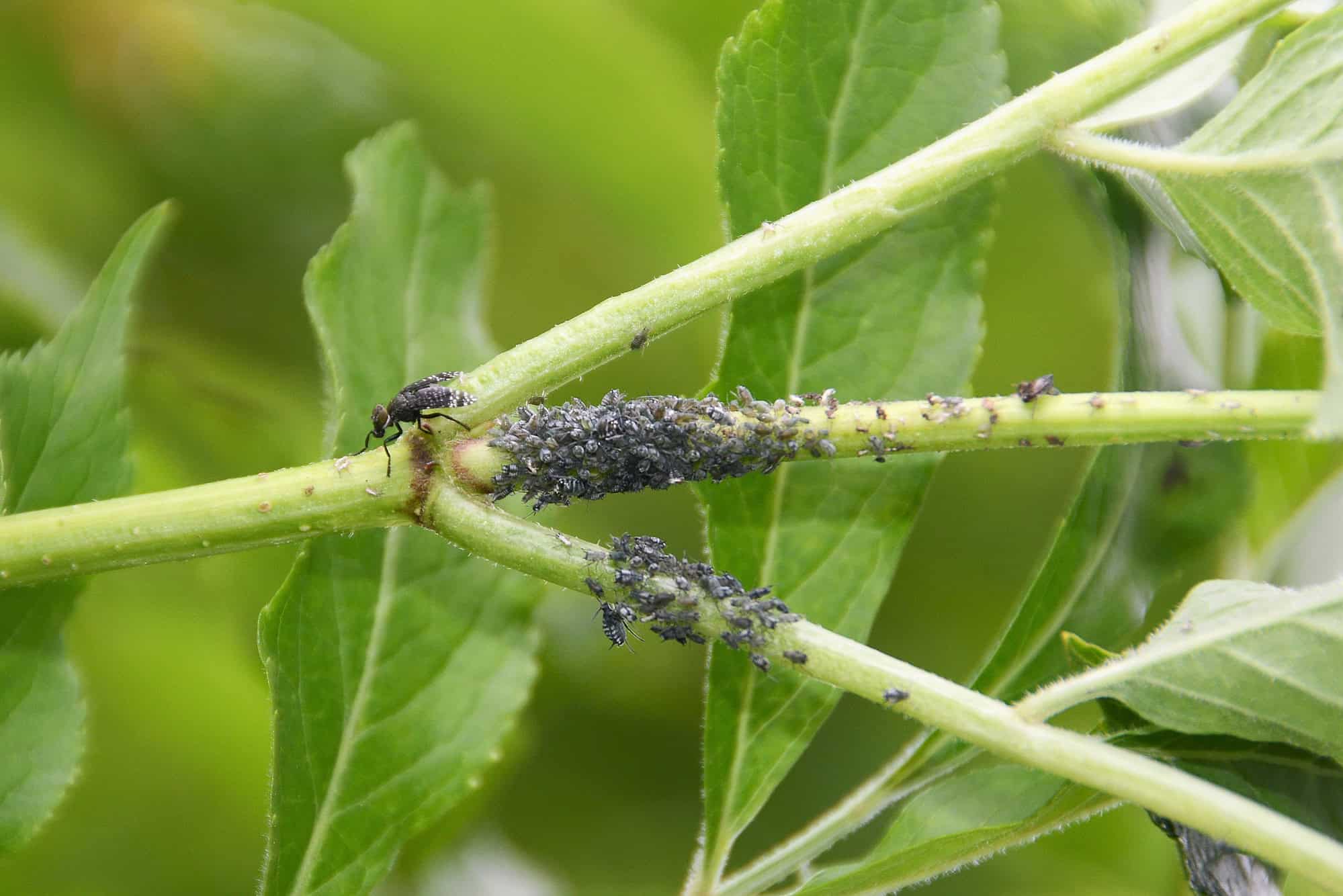
Effective pest control is vital for maintaining healthy crops and maximizing agricultural yields. Among the various pest control solutions available, sticky traps have emerged as a practical and eco-friendly option. This comprehensive guide explores the role of sticky traps in agriculture pest control, providing insights into their usage, benefits, and comparisons with competitor products.
Understanding Sticky Traps
Definition and Basic Function
Sticky traps are simple yet effective tools used to monitor and control pest populations. These traps consist of adhesive-coated surfaces that capture insects upon contact. Their primary function is to attract and immobilize pests, preventing them from damaging crops.
Types of Sticky Traps Available
There are several types of sticky traps designed for different agricultural needs:
- Yellow Sticky Traps: Attract a wide range of flying insects due to their bright yellow color.
- Blue Sticky Traps: Particularly effective against thrips.
- Black Sticky Traps: Particularly effective against tuta absoluta pests present in tomato crops.
- Pheromone/ Scent Traps: Use specific scents to lure target pests.
Benefits of Using Sticky Traps in Agriculture
Sticky traps offer numerous advantages for agriculture pest control:
- Non-Toxic: Safe for humans, animals, and the environment.
- Cost-Effective: Affordable for a long period of time, reducing long-term pest control costs.
- Easy Monitoring: Help farmers track pest populations and make informed decisions.
- Reduced Chemical Use: Minimize the need for chemical pesticides, promoting sustainable farming and healthy crops.
Sticky Traps for Agricultural and Farming Operations
How Sticky Traps Help in Agricultural Pest Control
Sticky traps are an integral part of integrated pest management (IPM) strategies. They help in:
- Monitoring Pest Activity: Early detection of pest infestations.
- Reducing Pest Populations: Directly capturing and reducing the number of harmful insects.
- Assessing Control Measures: Evaluating the effectiveness of other pest control methods.
Application in Different Types of Farming
Sticky traps are versatile and can be used in various agricultural settings:
- Greenhouses (most often): Hung near plants and/or between the rows and at the entrance to monitor and control indoor pest populations.
- Crop Fields: Placed around the perimeter or within rows to capture pests like aphids and whiteflies.
- Orchards: Positioned on trees to capture fruit flies and other pests.
Real-Life Examples and Case Studies
Trials and also farmers testimonials show that the sticky traps result in 70% reduction of pest population in the greenhouse.
Product Spotlight: Catchy Sticky Traps
Detailed Description of Catchy Sticky Traps
Catchy sticky traps are a leading choice for agricultural pest control. These traps are designed with high-quality adhesive and durable materials, ensuring long-lasting effectiveness.
Features and Benefits
Catchy sticky traps offer several features and benefits:
- Strong and dry Adhesive: Captures all the pests effectively. Also, no dripping on the soil, no possible contamination.
- Water-Resistant: The glue is resistant to water, either by rain or irrigation.
- Attract a wide range of insects, but selective and thus – do not attract beneficials.
- Easy to Use: Simple to set up and replace.
How to Use Catchy Sticky Traps Effectively
For optimal results, place Catchy sticky traps at plant height where pests are most active. Regularly inspect and replace traps when they become filled with insects. Position them strategically around fields and greenhouses to maximize coverage.
Testimonials and User Reviews
Farmers who have used Catchy sticky traps report significant reductions in pest populations and praise their ease of use. One user noted, “Catchy sticky traps have made a noticeable difference in our greenhouse, cutting down whitefly and thrips numbers dramatically.” The black traps are also very effective for tuta absoluta pests who practically destroy the tomato crop.
Thanks to usage of sticky traps in the greenhouse, farmers confirm that they need to use less harmful pesticides, thus saving the money and keeping the crop healthy.
Conclusion
Sticky traps are an invaluable tool in agriculture pest control, offering a non-toxic, cost-effective, and easy-to-use solution. Their versatility makes them suitable for various farming operations, from crop fields to greenhouses. Among the options available, Catchy sticky traps stand out for their effectiveness and user-friendly design. For farmers looking to enhance their pest control strategies, trying Catchy sticky traps is a practical step towards healthier crops and improved yields.
For more information on Catchy sticky traps and to explore the available options, visit the Catchy by Davik website.
